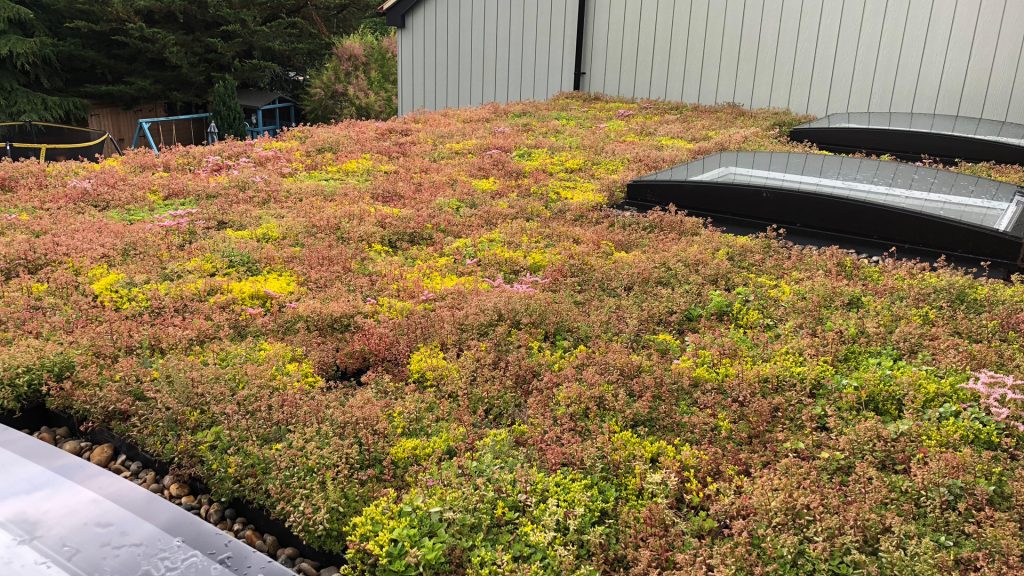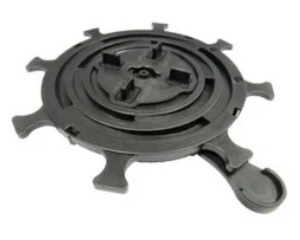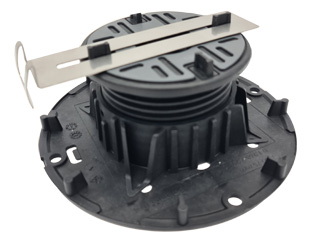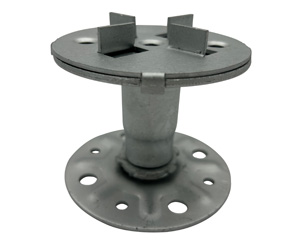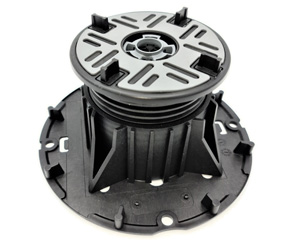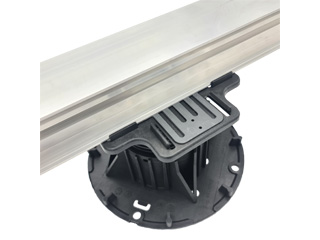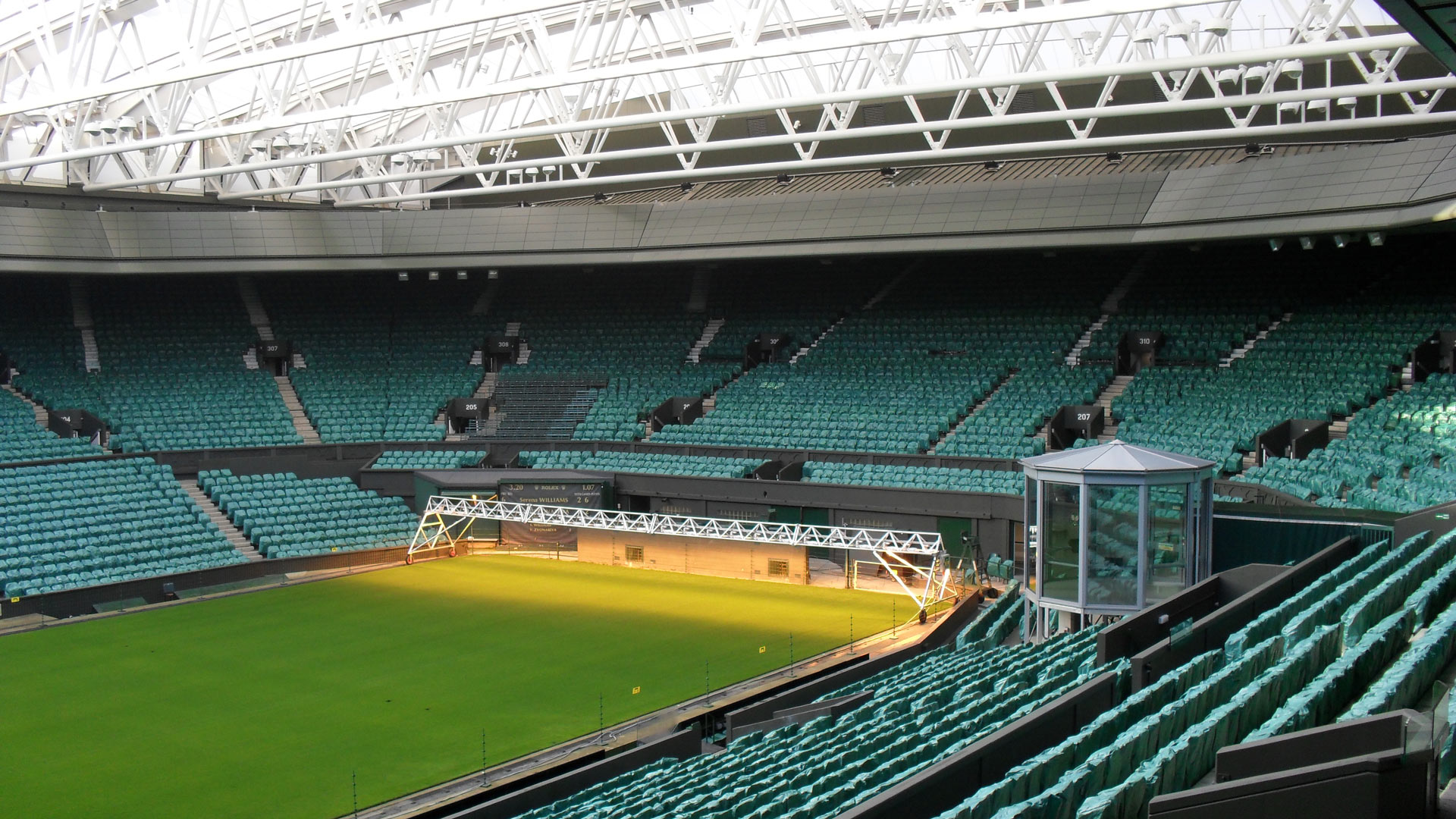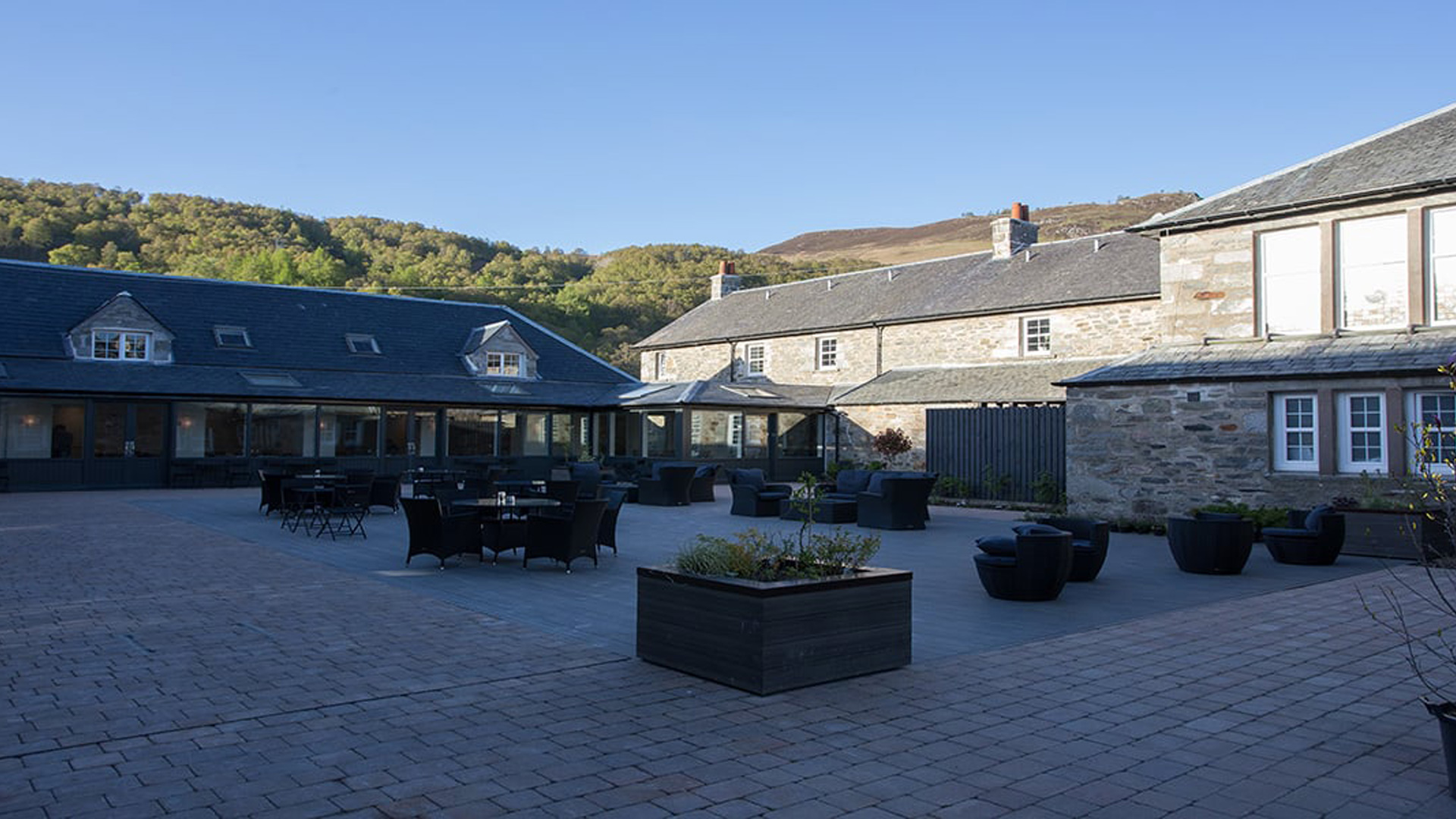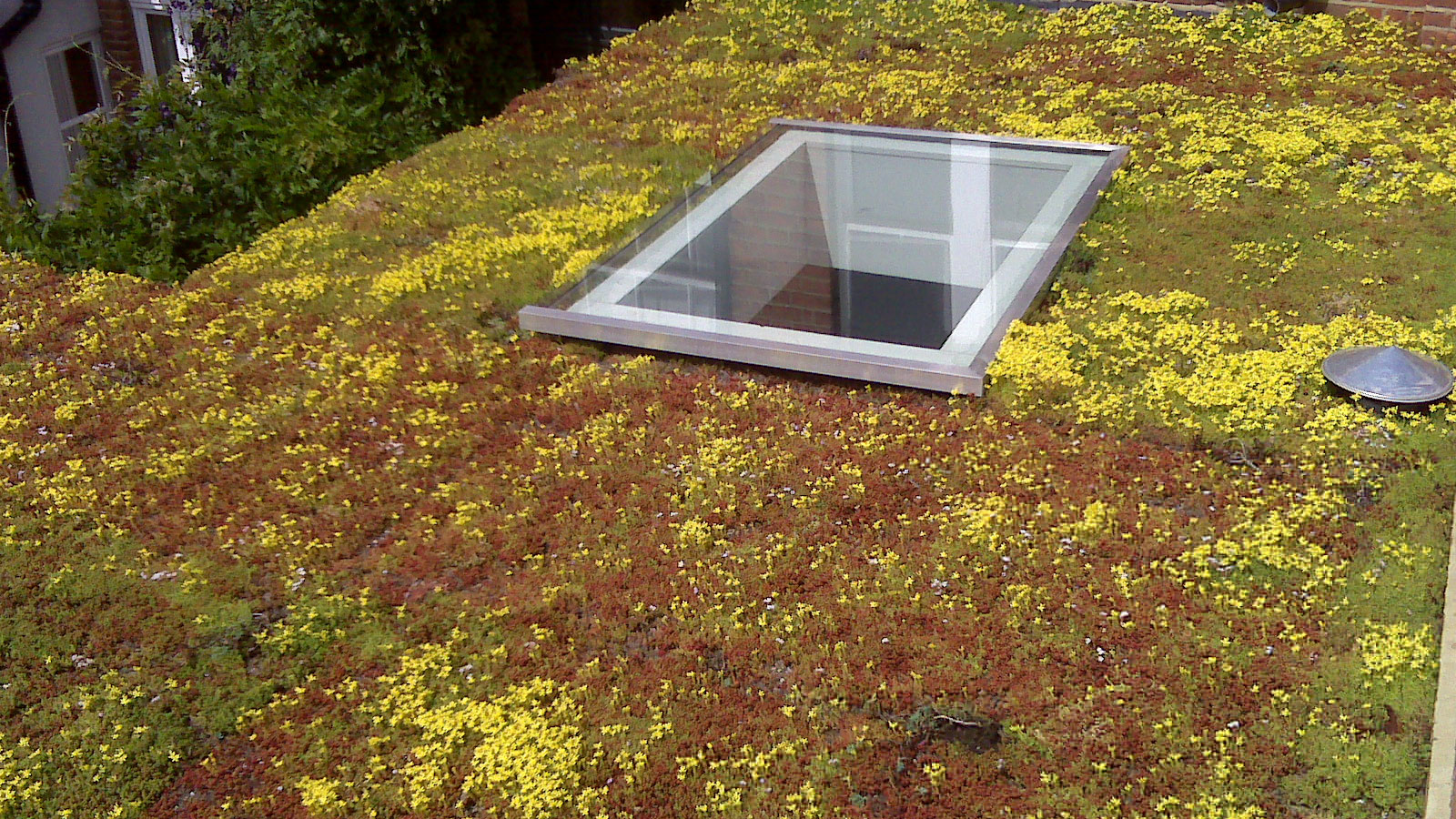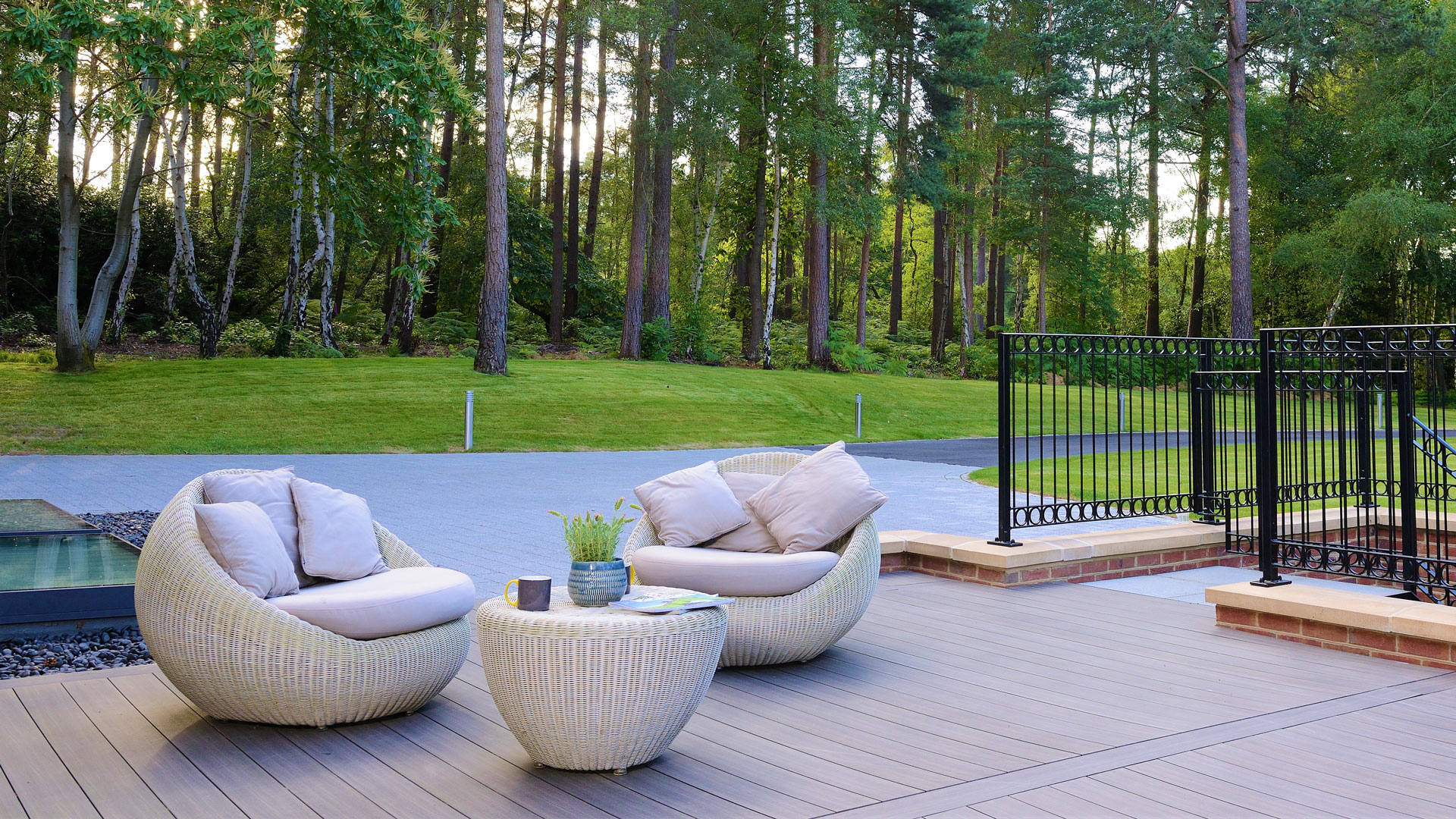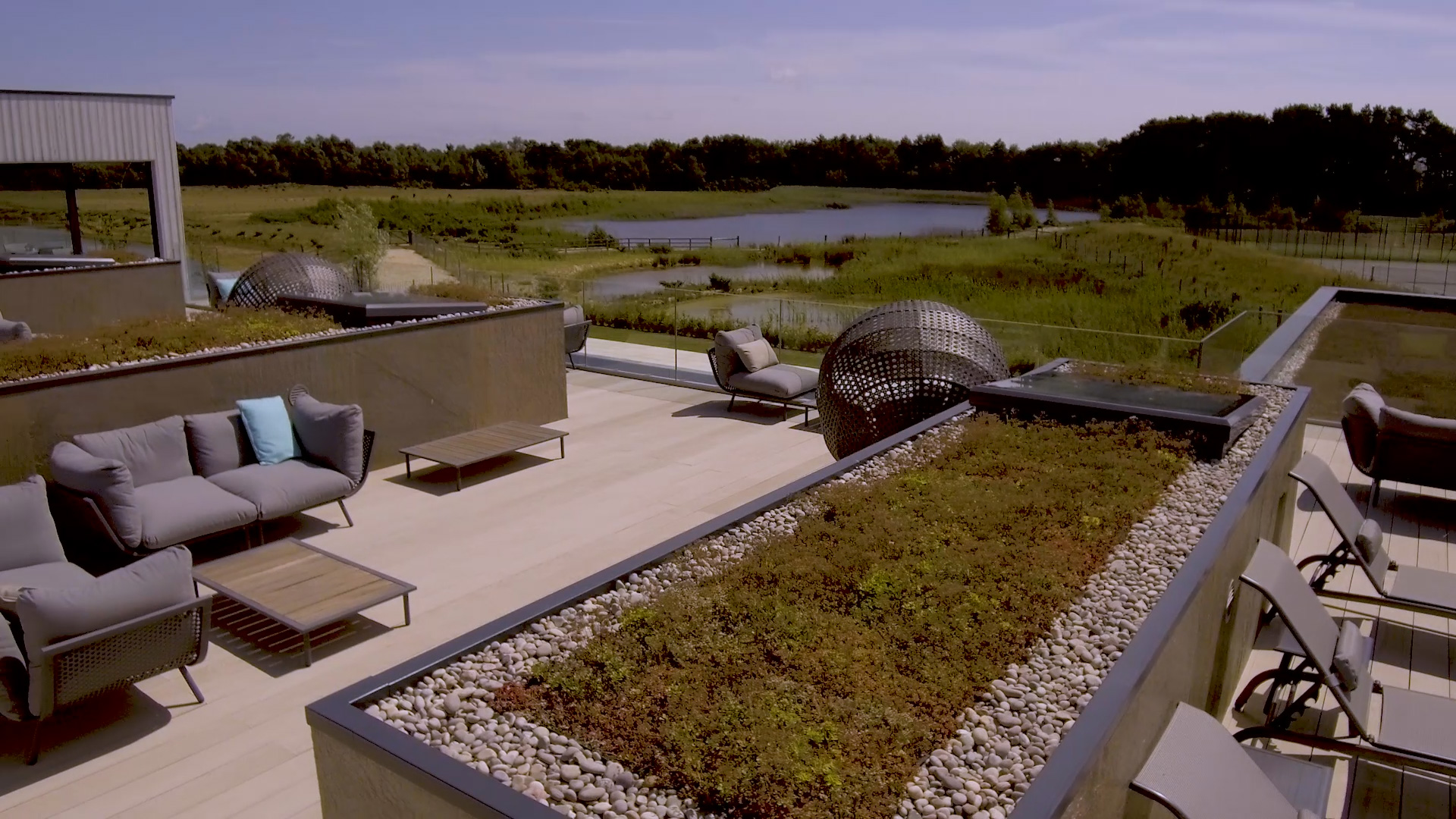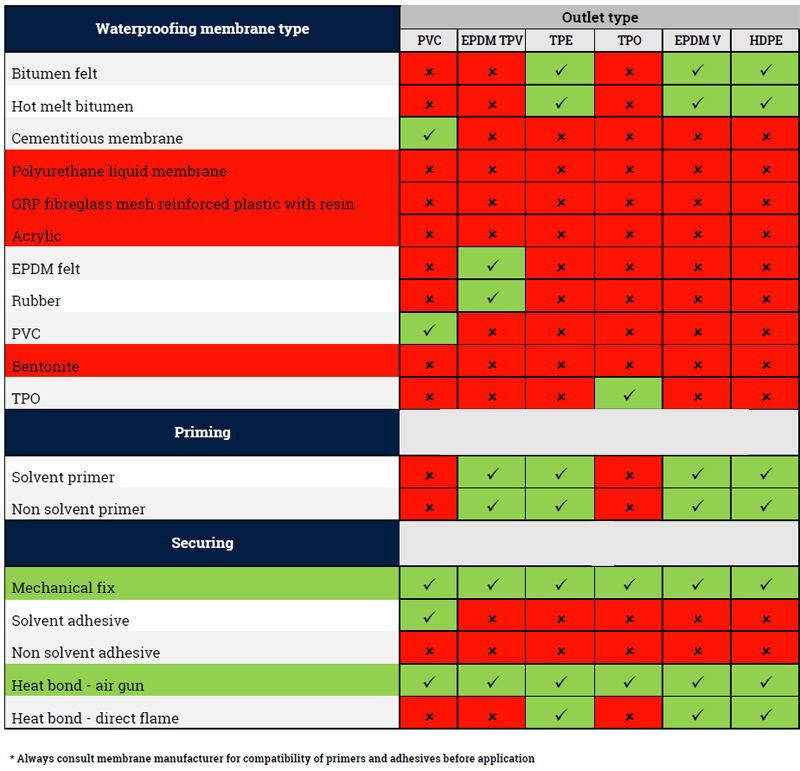The changing climate is one of the most significant challenges facing our civilisation.
Without the ability to reduce the amount of carbon dioxide in the atmosphere, we are likely to continue to experience a significant warming trend that will put a great deal of strain on our infrastructure and institutions.
While much collective action needs to be taken, there are things that we can all do on an individual basis that can help.
Start making a difference
For example, making some simple modifications to your home can dramatically reduce your carbon footprint. This figure represents the amount of carbon dioxide that you are personally responsible for being emitted each year. A good way to start making a difference is by having a green roof installed on your home.
Offering a versatile solution
There are a number of ways in which green roofs can help combat global warming.
Offsetting the Urban Heat Island Effect
Green roofs can help to offset the urban heat island effect. Because cities are full of roads, roofs, and parking lots, they tend to absorb a lot of sunlight, making them several degrees warmer than the surrounding country. By putting a green roof in place, you can help to offset this effect and start to cool your city back down again to a more reasonable temperature.
Perfect for retrofitting
Green roofs, which with the M-Tray® can be retro-fitted to existing structures, take up no ground space. Originally introduced for aesthetic reasons, they offer a huge range of additional benefits including building insulation, leading to energy savings, reduce temperatures outside by absorbing sunlight, and mitigate the urban heat island effect. They also contribute to stormwater management by soaking up the rain, and reduce noise and increase urban biodiversity.
But the latest studies find green roofs and walls are also valuable for removing air pollution; they can reduce nitrogen dioxide by up to 35%, and make 50% cuts in the small particulates that damage lungs.
For more on how green roofs can help to produce healthier, clean air, please click here.
